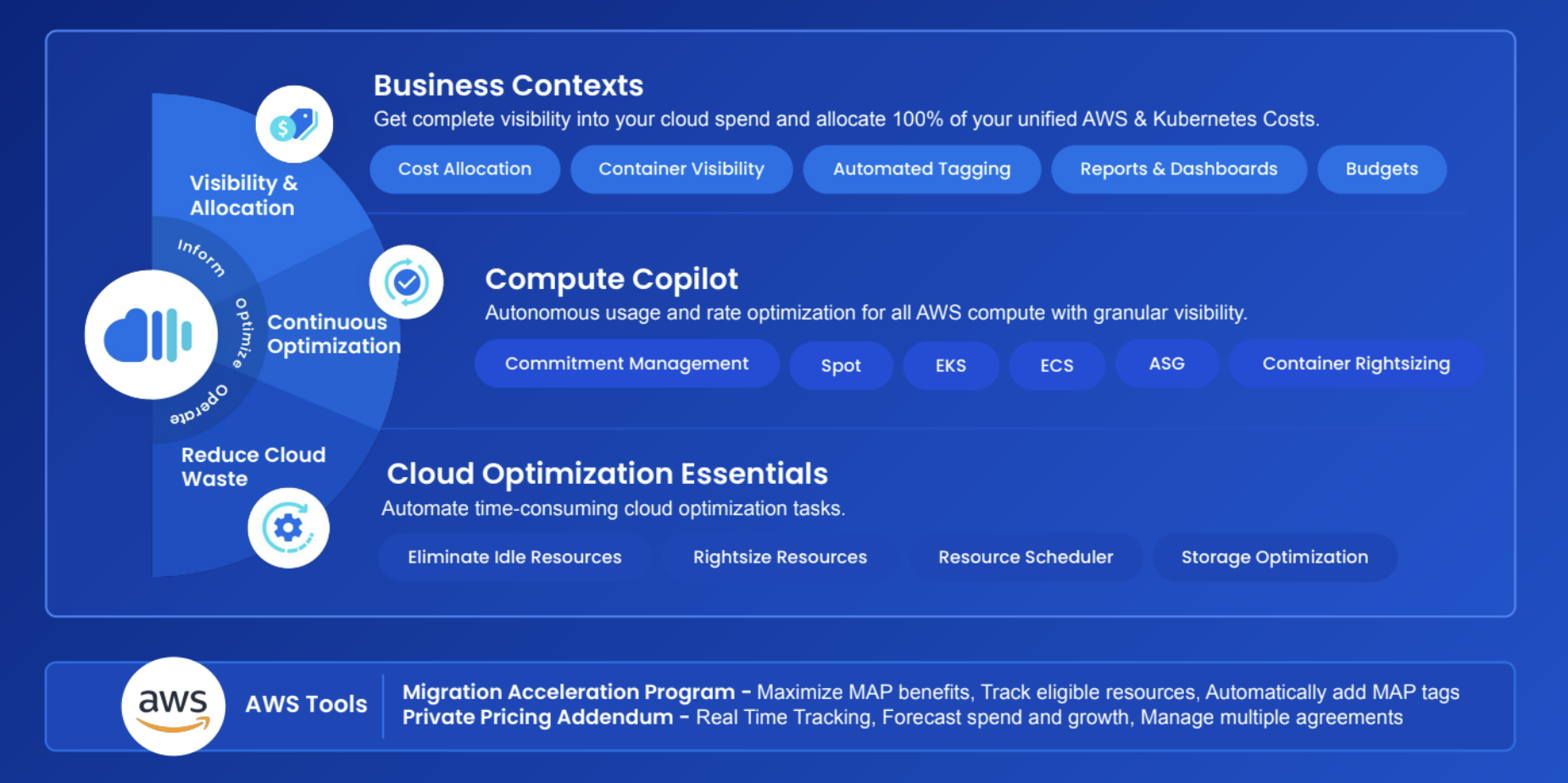AWS (Amazon Web Services) security groups are virtual firewalls that dictate traffic for your EC2 (elastic compute cloud) instances. They provide security at the port and protocol level, acting as the first layer of defense against malicious attackers. AWS security groups function in the same manner as firewalls, but with more advanced capabilities. They contain a set of rules that filter both incoming and outgoing traffic for an EC2 instance, which gives additional security for your business.
AWS is a handy platform with a range of IT resources for organizations to build their workloads in the cloud. To help users secure their instances, AWS provides security groups to allow users to control network traffic in and out of their instances (or servers). You can configure security groups in a way that meets your security needs.
How Do AWS Security Groups Function?
AWS Security Groups Rules
How to View Your Purchased Instances
You can view your Reserved Instances usage through the Amazon EC2 console. Once you access the console, click on Reserved Instances, and you will view your active, queued, and retired Instances.
You can view your Reserved Instance charges through the Billing and Cost Management console. For more visibility into your Reserved Instances usage, you can use nOps Cost Dashboard. nOps allows you to discover underutilized Instances and utilization patterns. Besides, it gives you actionable insights for Reserved Instances planning that cut your cloud costs significantly.
How to Create AWS Security Groups
You can create Security Groups through the AWS Management Console or the AWS Command Line Interface (AWS CLI).
For each security group, it’s essential to specify these requirements:
- Group name: not more than 255 security characters
- Type of rule: HTTP, RDP, SSH
- Port range: port range or a specific port
- Source IP (for inbound rules): Subnet range or specific IP address allowed to access
- Destination (for outbound rules): IP range or a specific IP referring to the destination where outbound traffic is allowed to go
- Protocols: Specify TCP/UD ports or custom ICMP or entirely custom protocols
Using Multiple Security Groups for EC2 Instances
What is the Difference Between AWS Security Groups and Network Access Control Lists (NACLs)
Security groups and Network Access Control Lists (NACLs) are both handy methods of securing AWS. Both security groups and NACLs act as virtual firewalls and use inbound and outbound rules to control traffic.
However, the main difference is that NACLs operate at different layers. NACLs apply at the subnet level while security groups are applied at instance level. The NACLs filter traffic for all instances in a subnet, while security groups control traffic for specific instances.
The Bottom Line
If you’re looking to improve cost efficiency, visibility and reporting for AWS, nOps can help.
nOps is an end-to-end AWS Cost Optimization Platform that simplifies and automates the management of your cloud resources, commitments, and costs.

nOps integrates with all of your AWS, multicloud, Kubernetes, GenAI, and SaaS costs, making it easy to start automatically improving your visibility and efficiency.
We manage $2 billion in AWS spend and were recently ranked #1 in G2’s Cloud Cost Management category — book a demo to connect your AWS account and see how much you can save.

